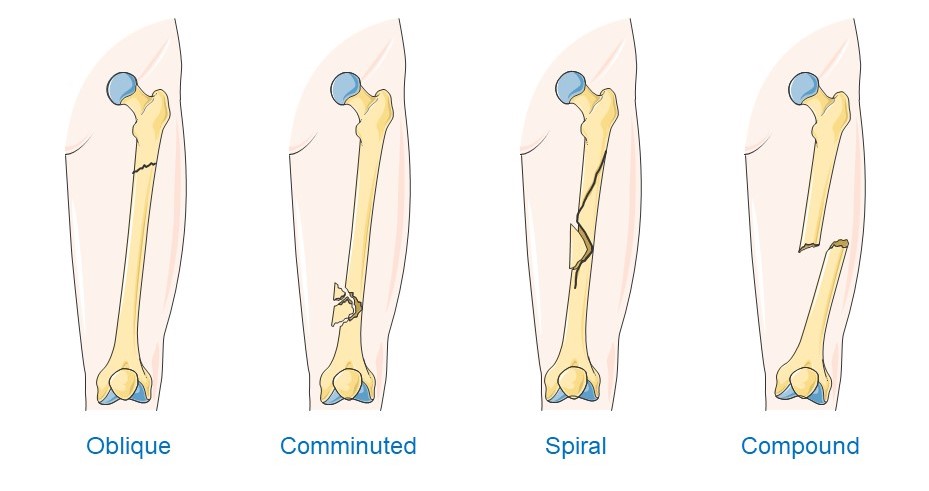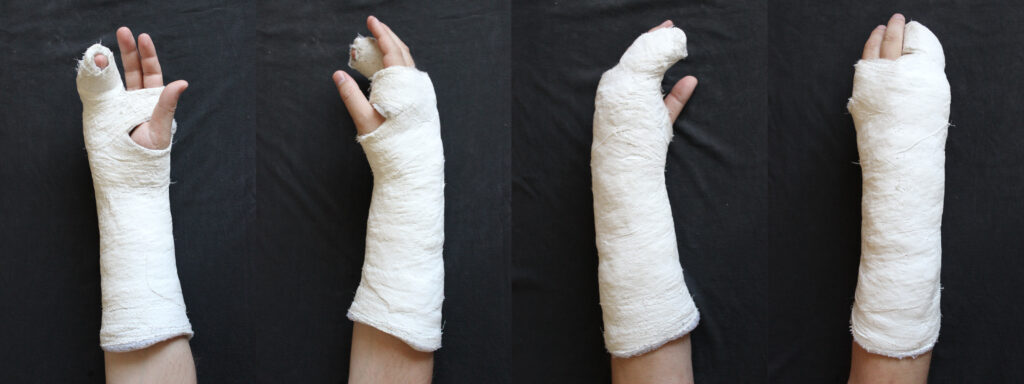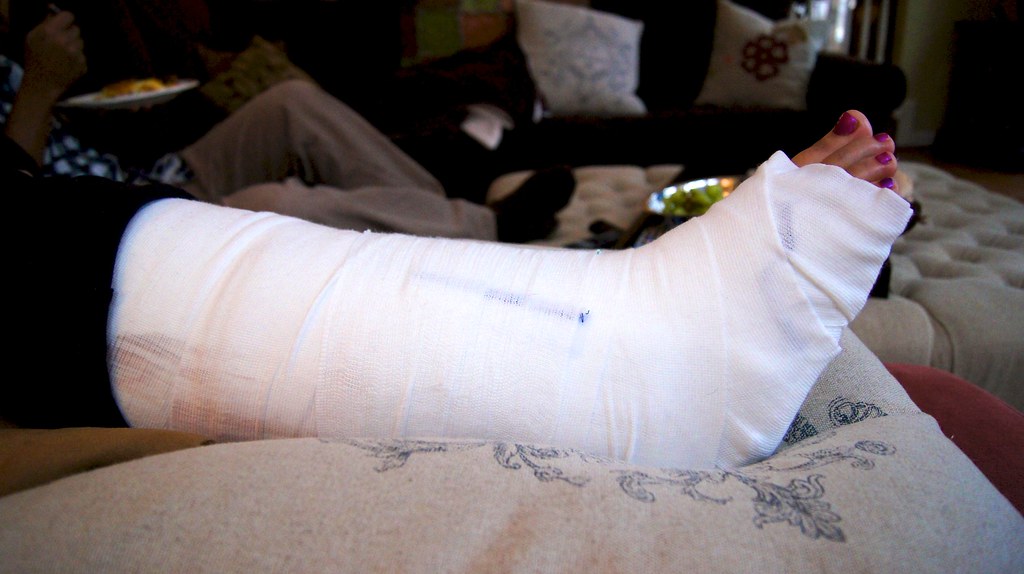It can be a simple or complex break, and can range from a small hairline crack to a complete break. It can occur as a result of a traumatic injury, such as a fall, car accident, or sports injury, or from a condition such as osteoporosis. Understanding the different types of fractures and their appropriate treatment options is essential for proper healing and recovery.
Types of Fractures

- Simple Fractures: These fractures involve a single break in the bone and do not disrupt the surrounding tissue. They are also known as closed fractures, as the broken bone does not break through the skin.
- Compound Fractures: These fractures involve a break in the bone and a disruption of the surrounding tissue, such as skin and muscles. They are also known as open fractures, as the broken bone breaks through the skin.
- Comminuted Fractures: These fractures involve a break in the bone into three or more pieces. They are often the result of high-impact injuries.
- Greenstick Fractures: These fractures involve a break on one side of the bone, but the other side of the bone only bends. They are most common in children.
- Spiral Fractures: These fractures involve a break in the bone that follows a spiral pattern. They are often the result of twisting injuries.
- Stress Fractures: These fractures are caused by repeated stress on a bone, rather than a single traumatic injury. They are common in athletes and individuals who engage in repetitive motions.
Treatment Options
Rest and Immobilization: The most common treatment for fractures is rest and immobilization. This involves keeping the broken bone immobile to allow for proper healing. Splint , cast and brace do this job.
Surgery: In some cases, surgery may be necessary to repair the fracture. This can involve using metal plates, screws, or pins to hold the bone in place.

Physical therapy: After the bone has healed, physical therapy may be recommended to help regain strength and range of motion in the affected limb.
Medications: Pain medication may be prescribed to help manage pain and inflammation during the healing process.
Prevention
Eating a healthy diet rich in calcium and vitamin D to help maintain strong bones.
Regular exercise to help maintain bone density and strength.
Avoiding smoking and excessive alcohol consumption, which can weaken bones.

Wearing protective gear while participating in sports or other activities that put you at risk of injury.
Being aware of conditions such as osteoporosis that increase the risk of fractures and seeking treatment if necessary.
Physical Therapy
Physical therapy plays a crucial role in the healing and recovery process of this. Physical therapy can help to reduce pain, restore range of motion, and improve the strength of the affected limb.
During the early stages of healing, physical therapy focuses on reducing pain and inflammation. Techniques such as ice therapy, ultrasound, and soft tissue mobilization can help to reduce swelling and pain. As the bone begins to heal, the focus shifts to restoring range of motion. Gentle stretching and range of motion exercises are used to help prevent stiffness and muscle atrophy.

As the bone continues to heal and the individual is able to bear weight, the focus shifts to improving strength. Progressive resistance exercises and functional activities are used to regain strength in the affected limb. This may include exercises such as leg press, calf raises, and step-ups.
Physical therapy can also help to prevent complications such as malunion and nonunion. Malunion is when the bone heals in an abnormal position, leading to deformity and functional limitations. Nonunion is when the bone does not heal properly, requiring additional interventions. Physical therapy can help to prevent these complications by ensuring proper alignment and promoting healing.
Physical therapy can also help to prevent the recurrence of it in the future. For example, physical therapy can help to improve balance and coordination, which can help to reduce the risk of falls in older adults.

It’s important to note that the duration and frequency of physical therapy will vary depending on the type and severity, as well as the individual’s overall health. Physical therapy should be performed under the guidance of a licensed physical therapist who can develop a personalized treatment plan for you.
Read about piriformis syndrome here !
In conclusion, physical therapy plays a crucial role in the healing and recovery process of it. By reducing pain, restoring range of motion, and improving strength, physical therapy can help to promote healing and prevent complications. It can also help to prevent the recurrence of fractures in the future by improving balance and coordination. If you have it, it is important to seek the guidance of a licensed physical therapist to develop a personalized treatment plan for you.

In conclusion, fractures are a common injury that can range in severity from a hairline crack to a complete break. Understanding the different types of break and appropriate treatment options is essential for proper healing and recovery. By taking preventative measures, such as maintaining a healthy diet and regular exercise, you can help to reduce the risk of it. If you suspect you have a fracture, it is important to seek medical attention right away.
